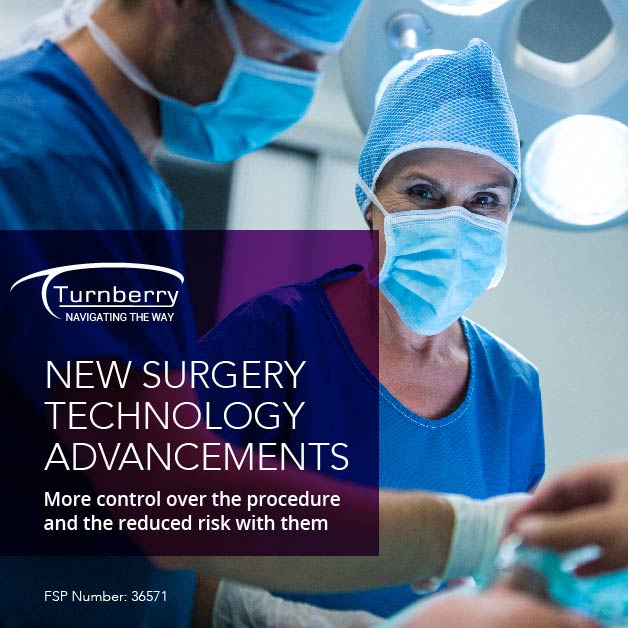
FA News 05 August 2020
Medical technology is always pushing the boundaries of innovation, and one of the latest advancements is the invention of robot assisted surgeries. Da Vinci surgery, a robotic surgical system, is one of the most well-known types.
It allows surgeons to carry out a number of different procedures with minimal invasiveness, enhanced precision, more flexibility and better control than conventional surgical techniques.
In a constant and delicate battle to balance the best care with ongoing sustainability, medical schemes are grappling with the best way of handling this dilemma. While different schemes will cover robot assisted surgery in different ways, they all have limits on the amount they will pay. This leaves members responsible for the shortfall in medical expenses. In order to receive the best care and the best balance of benefits, gap cover has become increasingly critical, especially where robot assisted surgeries are concerned.
What is robot assisted surgery and what is it used for?
As the name suggests, robot assisted surgery makes use of robotics to help surgeons when performing a number of different procedures. It is currently most commonly used to perform closed procedures, where an incision is not made into skin, including prostatectomy, hysterectomy, cystectomy, hiatal hernia repair and uterine prolapse. It can, however, also be used to assist in open surgeries, especially heart surgery, where precision is key.
The major benefit of robot assisted surgery is that it can be performed using small incisions, similar to a laparoscopy. It is therefore considered to be minimally invasive, which makes it far more advanced than traditional surgeries. There are typically fewer complications from robot assisted surgeries, especially surgical site infections, and there is less pain, blood loss and a quicker recovery. The scars that result are also smaller and less noticeable. It also offers greater functionality since robots are able to perform techniques that are difficult for human hands to replicate.
Care versus cover
Robot assisted surgery is still new, and is not commonly used, mainly because of a lack of resources but also due to the cost of procedures. However, it has immense potential to revolutionise healthcare and it will inevitably be used more and more in the future. This leaves medical schemes with a dilemma – they want to offer their members the best care, but they also need to remain sustainable, and robotic procedures can carry a hefty price tag.
One of the ways medical schemes are handling this is to pay a global fee, usually up to the cost of the standard surgery, towards a robot assisted procedure. This introduces a specific limit on the surgery which is a form of risk management on the part of the scheme. It is the fairest way of funding the surgery, as it ensures members have the choice of the latest technology, while ensuring long-term sustainability and enabling them to look out for the wellbeing of all of their members. However, different schemes have different levels of cover.
Make sure you understand how you are covered
Before undergoing robot assisted surgery, it is essential to understand how your medical scheme will cover the procedure, if it is indeed covered by your plan. It is also crucial to note that medical expense shortfalls are almost inevitable with this type of procedure.
Gap cover has fast become an essential in challenging economic times, and it can once again provide assistance here. The global fee associated with robot assisted surgery may be viewed by gap cover providers as a sub-limit, and will therefore be covered under this. However, not all gap cover policies are equal, so it is vital to talk to your financial advisor, review all of your policy schedules, and figure out what cover you will receive.
And as always, mind the gap
Nobody expects to be diagnosed with cancer or a dread disease, and most health conditions and emergencies happen when we least expect them. It is always better to be safe than sorry and make sure you have the best possible combination of cover from the start. While this is challenging when finances are tight, it can save you from financial hardship in the long-term. Gap cover can effectively augment a less costly medical aid plan, for a more affordable solution with the best levels of financial protection.
Medical technology is constantly advancing, and new procedures and techniques can improve patient outcomes and comfort. However, they always come at a price, especially when they are newly introduced. An appropriate medical scheme plan, augmented with effective gap cover to take care of the medical expense shortfalls, is the best path to both financial and medical health.
